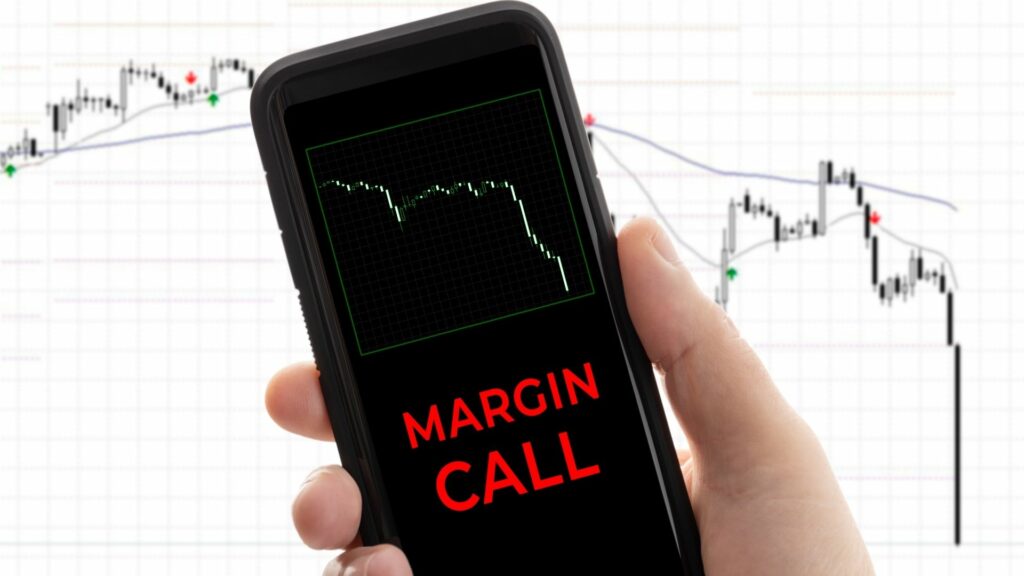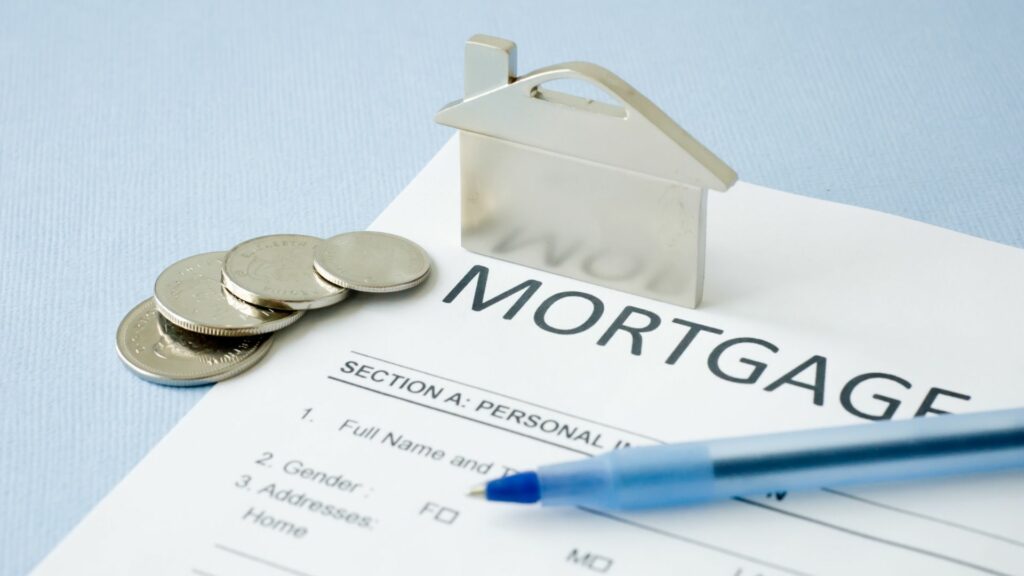For many people, debt is a scary concept that they think should be avoided whenever possible.
But we at Wall Street Survivor are here to tell you that debt is nothing to be afraid of.
In fact, if you treat debt the right way, it’s actually something you can use to your advantage in order to make money!
In this article, we’re going to discuss a couple ways that you can use debt to your advantage, as well as what to avoid, so that you can alter your perspective on borrowing money and develop a healthy relationship with debt.
Margin Trading

Margin is when your brokerage lends you money to use for investing. You’re required to pay this money back to your brokerage plus any interest they may charge.
Ideally, you would use the money you’re borrowing to make a big return by investing in stocks, and then you’ll still get to keep most of your profits after paying the interest.
Many brokerages like Robinhood let you trade on margin for surprisingly low interest rates.
You can use margin to increase your total profit.
For example, let’s say you have $5000 in your brokerage account. You take out $5000 of margin, and you’ll be required to pay that money back plus 2% interest. You now have $10,000 to invest with. You’re a very good investor, so you make a 10% return, leaving you with $11,000. You pay back the $5100 you owe your brokerage ($5000 principal plus $100 interest), which now leaves you with $5900. That’s a profit of $900, or 18%.
If you had just invested your original money and not taken out any margin, your 10% profit would have amounted to $500.
But since your brokerage let you make a profit using their money, you were able to make a profit equal to 20% of your original cash, and you only had to pay back 2%!
Unfortunately, leveraging your portfolio through margin trading can also work against you.
For example, let’s say you had $5000 in your account and took out $5000 of margin, just like in the last example. But this time, the market doesn’t treat you quite as kindly. Instead of making a profit of 10%, you actually lose 10%. That means you’re left with $9000. Now, you still have to pay back your principal and interest. Even though you lost money, you owe your brokerage $5100. You’re left with $3900 for a loss of $1100 or 22%.
Without margin, your 10% loss would have been equal to $500, but in this case, trading on margin increased your losses substantially.
There are rules set by both the government and your specific brokerage that determine how much money you’re allowed to borrow and how much equity you must maintain in your margin account without having to deposit more money.
The initial margin requirement established by the government is 50%, meaning that you can’t borrow more than the amount of your portfolio. (If you have $5000 of your own money in your margin account, you can’t borrow more than $5000 from your brokerage.)

The margin maintenance requirement set by the government is 25%.
This means that you’ll have to deposit more money into your margin account if your equity in the account drops below 25%.
While you initially had to have 50% equity to borrow the money, you might lose money if the stocks you buy go down in price, which would reduce your equity.
For example, if you originally had $5000 in your account and you borrowed $5000 from your brokerage, your initial equity was 50%. But let’s say you use that total $10,000 to buy a portfolio of stocks, and that portfolio tanks 37.5%. This means you lose $3750, and your portfolio is now worth $6250. Your brokerage still has $5000 that they put into your margin account so that doesn’t change; their cut is now worth 80%. The $3750 loss comes out of your part of the portfolio, so your equity is now worth 20%.
Since your equity fell below the 25% margin maintenance requirement, you will now be hit with a margin call.
The margin call is dreaded among investors; it’s when your brokerage tells you that you have to deposit more money into your account (which is already losing money) to get your equity share up to 25%.
If you don’t deposit money, your brokerage has the right to sell the holdings in your account to recoup their loan.
If you still can’t pay back your debt, you might be in legal trouble.
The Bottom Line
You would have to make a risky investment and have it go very badly to experience a margin call, but it’s still a real possibility that can lead to crippling losses.
Margin trading can be a great way to multiply your gains without having extra money to your name, but it can also get you into trouble if you’re not careful.
Mortgages

The word “mortgage” might send a chill down your spine.
It’s a huge piece of debt that you either have right now, or will most likely have at some point in your life.
While mortgages are big loans that usually take decades to pay back, there’s no need to be afraid of them.
In fact, if you plan your mortgage the right way, you can even get to a point where you’re actually making more money than you’re paying for your mortgage.
Here’s how.
Let’s say that you’re planning to buy a new house soon.
When you go to the bank to set up your mortgage, you’re given three different options: a 15-year term, a 20-year term, or a 30-year term.
You might immediately be turned off by the idea of a 30-year mortgage; debt looming over you for three decades? Why would anyone want to do that to themselves?
Well, because of the lower monthly payment.
30-year mortgages, which are the most common mortgages in the U.S., generally have higher interest rates and lower monthly payments.
For a lot of people, a 30-year mortgage is all (or even more than) they can afford. This is a tough situation because you’ll feel like your debt is on top of you and you might struggle to make payments.
But if you have the room in your budget to afford different mortgage terms, you might want to consider using a lower monthly payment to your advantage.
For example, let’s say that your current budget allows for $2000 in housing expenses per month. Your mortgage options are: a 15-year mortgage at 2.5% for $2000 per month, a 20-year mortgage at 2.75% for $1500 per month, or a 30-year mortgage at 3% for $1000 per month. Since you can afford the 15-year mortgage, you might be tempted to take that one. After all, you’d pay your debt off much quicker and the total amount you’ll pay at the end of the mortgage term is much less than it would be with a 30-year mortgage.
But let’s consider the options.
If you go with the 15-year mortgage, your monthly payment will be exactly what you can afford. With this option, you’ll get the lowest interest rate, you’ll pay your debt off faster, and the sum of all your payments at the end of the term will be lower.
If you choose the 30-year mortgage, your monthly payment will be a whole $1000 less than your limit. Your interest rate will be higher and the sum of all your payments will be a scarily large amount of money, often more than double the price of the house. But since you’re leaving open a whole $1000 a month, you can invest this money in an S&P 500 ETF and make a return of about 8% per year on average. The gains you make from your investments will likely add up to be more than you spent on the house in the first place!
Choosing the 20-year mortgage would land you somewhere in between these two options.

Of course, this approach requires a lot of discipline.
If you’re “saving” an extra $1000 per month by choosing a mortgage with a lower monthly payment, it can be hard to take that extra $1000 and invest it.
You might be tempted to just throw this $1000 into the personal section of your budget and spend it on yourself.
In order to truly use debt to your advantage, you have to be committed to taking the privileges that debt gives you and use them to make an extra return through investing.
Another way to use a mortgage to your advantage is to take out a mortgage to buy a rental property, and then use the rent you collect from your tenants to pay off the mortgage (and make a profit at the same time).
This approach comes with its own set of risks and is treated differently in terms of tax laws, but many investors have built sizable streams of passive income for themselves through owning rental properties. Click here to read our article on buying your first rental property.
Final Thoughts
It’s absolutely true that not all debt is good debt.
But likewise, it’s also true that not all debt is bad debt.
If you can take out a loan on an asset that will appreciate in value or provide you with a net positive value in the future, and you can use the instrument of debt to your advantage in order to secure some extra returns, you’ll be on the right track to having a healthy relationship with debt.
